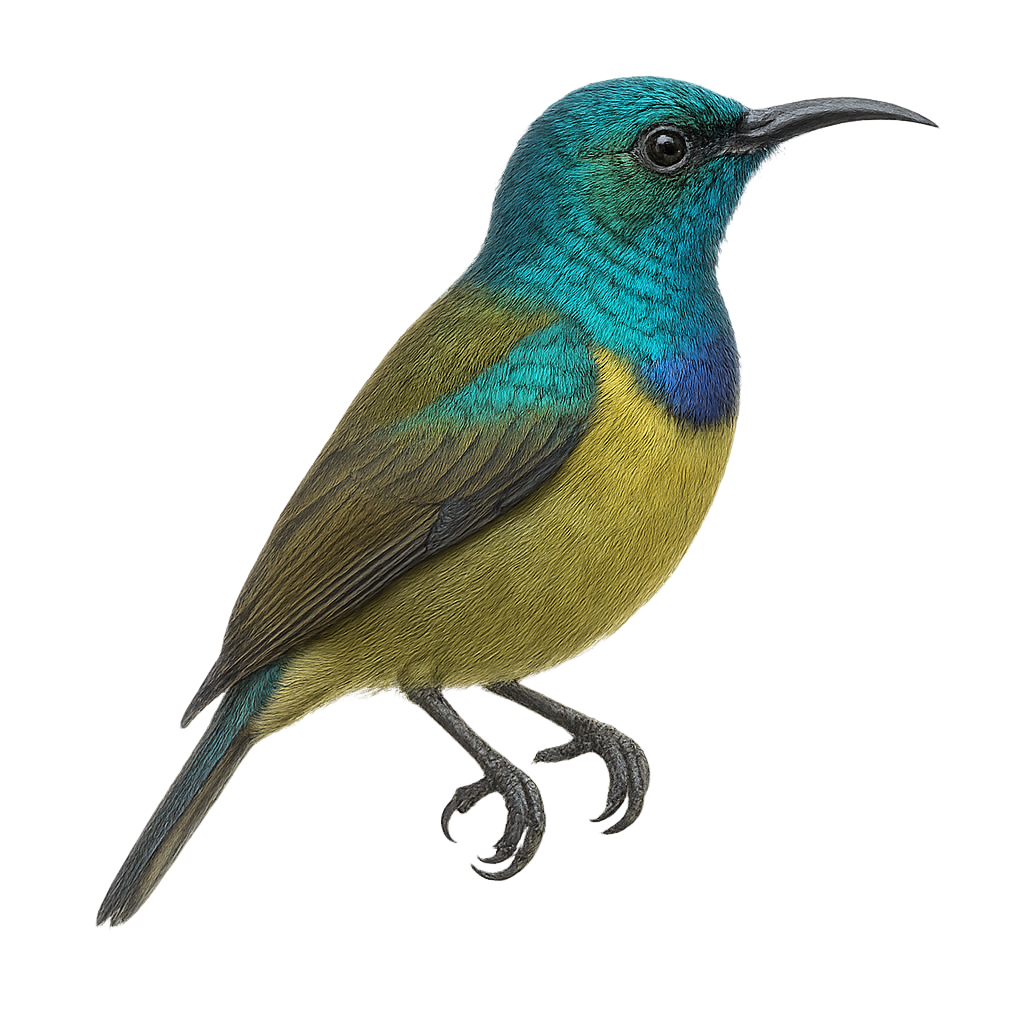Your wildlife photography guide.
Explore the collared sunbird in detail, study its behavior, prepare your shots.
Where to observe and photograph the collared sunbird in the wild
Learn where and when to spot the collared sunbird in the wild, how to identify the species based on distinctive features, and what natural environments it inhabits. The WildlifePhotographer app offers tailored photography tips that reflect the collared sunbird’s behavior, helping you capture better wildlife images. Explore the full species profile for key information including description, habitat, active periods, and approach techniques.
Collared Sunbird
Scientific name: Hedydipna collaris

IUCN Status: Least Concern
Family: NECTARINIIDAE
Group: Birds
Sensitivity to human approach: Not very shy
Minimum approach distance: 5 m
Courtship display: January to February
Incubation: 13-15 jours
Hatchings: January to March
Habitat:
humid tropical forests, gardens, plantations
Activity period :
Primarily active during the day, with peak activity in the morning and late afternoon.
Identification and description:
The Collared Sunbird, a small bird with dazzling plumage, is a gem of African forests. Its metallic green back contrasts with its bright yellow belly, and its distinctive collar adds a touch of elegance. Measuring about 10 cm, it is agile and fast, moving from flower to flower to feed on nectar, supplemented by insects. Its thin, curved beak is perfectly adapted to its diet. This sunbird is often seen in pairs or small groups, emitting melodious songs. It primarily inhabits humid tropical forests but also adapts to gardens and plantations. Although generally not very shy, it remains cautious of threats.
Recommended lens:
400 mm – adjust based on distance, desired framing (portrait or habitat), and approach conditions.
Photography tips:
To photograph the Collared Sunbird, choose sunny mornings when natural light highlights its vibrant colors. Use a telephoto lens of at least 400mm to capture details without disturbing the bird. Look for it in gardens or forest edges where it feeds on nectar. Be patient and discreet, as although it is not very shy, it remains cautious. A tripod can be useful to stabilize your camera, especially if using a slower shutter speed to capture its quick movements.
The WildlifePhotographer App is coming soon!
Be the first to explore the best nature spots, track rutting seasons, log your observations, and observe more wildlife.
Already 1 431 wildlife lovers subscribed worldwide

